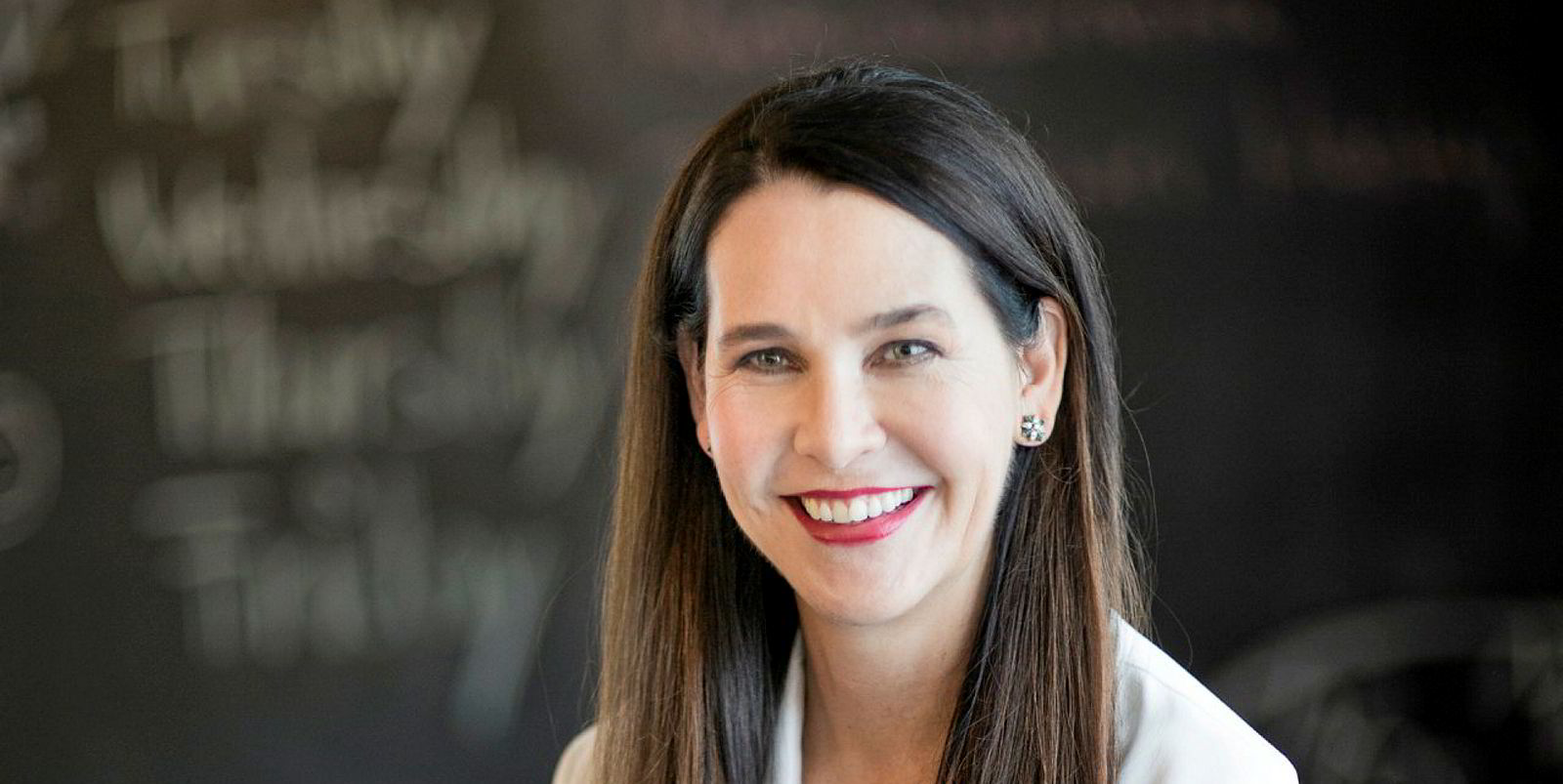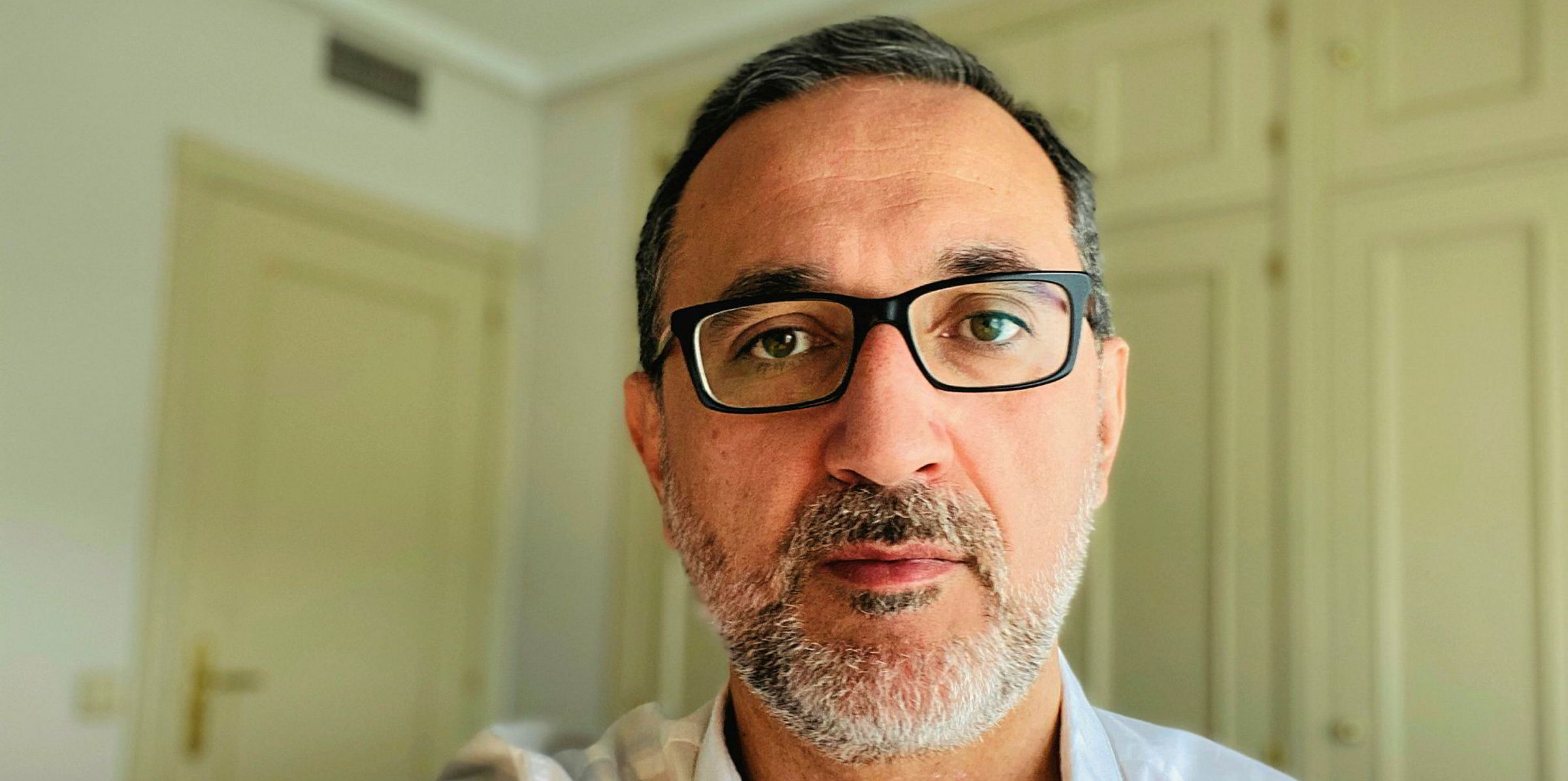Repowering regulations for old wind farms should be streamlined across Europe and obstacles removed, the wind industry urged during the opening of the WindEnergy Hamburg digital conference as policy makers are drafting new permitting rules for wind power.
Get the market insight you need into the global oil & gas industry's energy transition – from the new newsletter from Upstream and Recharge. Sign up here
The installed capacity of wind energy on land in Europe likely will grow to over 700GW by 2050 from 170GW currently, WindEurope chief executive Giles Dickson said. But he added that for that to happen “we we need to make sure we do a good job at repowering as many of the existing wind farms as we possibly can.”
In some key markets, such as Germany and Spain, which have a great number of old wind farms nearing the end of their operating life, that presents a great challenge.
“I am looking forward to bring the vision to life and to repower as many sites as possible in a way that is not in conflict with environmental aspects,” RWE Renewables chief executive Anja-Isobel Dotzenrath said, but also pointed to difficulties the industry is facing in markets such as Germany.
Missing momentum
“We need to overcome these distance rules, which are in place in certain geographies, because this is a big downside to the repowering potential that there is.”
To achieve its renewable energy targets, Germany would need to build 16GW of wind on land by 2030, Dotzenrath explained, but that number would go up to 28GW if all assets are counted in that will likely be decommissioned, because they cannot be repowered.
“That is almost double the amount. It is clearly a totally different game if you consider that.”
Dotzenrath also said there isn’t enough momentum among all EU member states when it comes to implementing new EU rules in force from mid-next year on that require all governments to ensure that decisions on permits for new projects are made within a maximum three years, and within a maximum of two years for repowering projects.
Morten Dyrholm, senior vice president at Danish wind power giant Vestas, stressed that repowering is a “tremendous growth option” for the industry, which his company has a keen eye on.
“We need to look at regulations of repowering, we need to see if we can streamline how we do repowering across Europe,” Dyrholm said.
But he added that as in his home country, Denmark, there are concerns about how wind turbines impact the landscape, the repowering debate is actually a debate about reducing the number of turbines.
“We can repower those old sites with modern turbines that are much more effective than the ones we have and thereby reduce the number of turbines and get more electricity out of it.”
Old Spanish fleet
Joan Groizard, director general at Spain’s energy agency (IDAE), said in his country almost half of the operating wind power fleet will be reaching the end of its nominal life in the next decade, a factor that needs to be taken into account when dealing with 2030 capacity targets.
“The question is ‘how do you make use of those premium wind spots?’ Often the oldest wind farms are the ones with the best wind resource, and therefore the ones we need to make the best use of with new turbines, with better turbines.”
Spain is looking into streamlining its environmental permitting, Groizard said, but also acknowledged that permitting in his country is complicated by the fact that regional governments are in charge of small projects with up to 50MW, while the national government is responsible for bigger ones.




